I'm having:
- Ubuntu Linux 12.04 LTS
- Apache Web Server(Apache httpd 2.4.16)
- PHP 5.5.29
Now, whenever something goes wrong in code I always see a white screen in my browser window with no output at all. So, I googled for the solution and come to know that I have to turn the error reporting on in order to get the detailed errors/exceptions/warnings/etc.
And for this I come to know that I need to change php.ini file which Apache web server is making use of.
I opened up the file '/etc/php5/apache2/php.ini' by selecting it with my mouse, right click on the file '/etc/php5/apache2/php.ini', selected the option 'Open With Sublime Text2' and open up the file in Sublime Text Editor.
I did one small change on line no.466 of '/etc/php5/apache2/php.ini' file as follows :
display_errors = Off //Old code present on line no.466 of php.ini
display_errors = On //New code changed by me on line no.466 of php.ini
I am not sure is this the only change I need to make to '/etc/php5/apache2/php.ini' file to get errors/warnings/exceptions/etc. Please guide me in detail regarding the changes I need to make to the file '/etc/php5/apache2/php.ini' to get all the possible errors/warnings/exceptions/etc.
Now when I tried to save this file I got a pop-up saying 'Unable to save /etc/php5/apache2/php.ini'.
I'm the owner of my laptop, the system is mine, I am the administrator of my system and still I can't make any change to the file. This is really an un-understandable, useless and strange stuff for me. Previously when I was using PHP on my windows machine such weird things and headache never happened.
Please someone take me out of this bloody mess by giving descriptive and step by step answer.
Few people are saying I have to open up the terminal and type commands there. But I'm not getting What is terminal? Where it is? How to open it? What is root user and what is sudo user? What does each of the users do? What's the difference in between them? The purpose of graphical text editor is to manipulate files and this Ubuntu is preventing me from doing it.
Everything is strange here with Ubuntu Linux. What's the use of it? etc.


